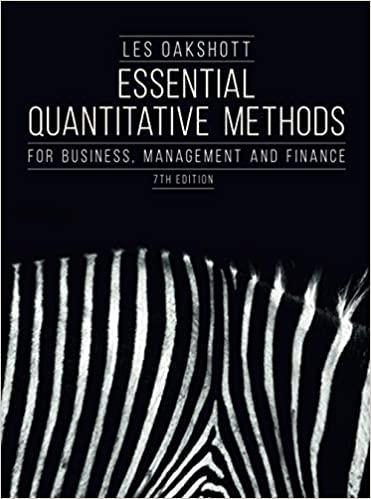Question
CHAPTERS: 1 organizational culture Organizational culture is the shared actions, values, and beliefs in an organization that guide the behavior of its members. Employees learn
CHAPTERS:
1 organizational culture
- Organizational culture is the shared actions, values, and beliefs in an organization that guide the behavior of its members.
- Employees learn culture through socialization, which occurs through interpersonal interactions and helps people in organizations learn the expected norms and behaviors of the organization.
2 Individual Differences
- Individual differences are the ways in which people are similar and dissimilar in their personal characteristics (e.g., family history, personal values,fears, etc.)
- BIG5 -Conscientiousness, Agreeableness, Emotional Stability, Openness to Experience and Extraversion
- culture, values and self awarness
3 Perception and Emotion
- Perception is the way in which we gather, organize, and interpret information from our environments. It occurs because we are bombarded with stimuli from the environment and need a way to process all this information.
- The perceptual process has four stages: attention and selection, organization, interpretation, and retrieval.
- Emotions are feeling states that convey information about relationships. They appear as strong positive or negative feelings directed toward someone or something.
- Attitudes are a predisposition to respond in a certain way to people and things. Though attitudes predispose individuals toward certain behaviors, they do not guarantee that such behaviors will take place.
4 Motivation
- Motivation is the forces within an individual that account for the level and persistence of effort expended on a task. It has three components: direction, level, and persistence.
- A critical factor in creating motivating environments is ensuring good fit. Person-job fit is the extent to which an individual's skills, interests, and personal characteristics match well with the requirements of the job.
5 Teams
- An effective team is one that achieves high levels of task performance, member satisfaction, and team viability.
- Team inputs establish the initial foundations for team performance. To set teams up for success we need to provide appropriate resources and setting, clarify the team task, be careful about team size, and pay attention to team composition.
- Roles are sets of expectations associated with a particular job or position on a team.
For each textbook chapter (. the ones that are listed before ), select the insight that you believe is the most important for your future self (e.g., yourself when you start your first big job after college). Stated differently, what are the core insights you believe will be the most important for you to remember as you launch your career?
- Describe the insight (e.g., describe the core construct or theoretical framework)
- Why it is important (e.g., how you will apply it and the impact that you anticipate it will have)
This paper should have 5 sections (one for each chapter 1 - 5) each roughly 150 woords. Although simple truths can yield profound insights, be sure to include sufficient explanation to demonstrate mastery of these complex topics.
do not use chat gpt
Step by Step Solution
There are 3 Steps involved in it
Step: 1

Get Instant Access to Expert-Tailored Solutions
See step-by-step solutions with expert insights and AI powered tools for academic success
Step: 2

Step: 3

Ace Your Homework with AI
Get the answers you need in no time with our AI-driven, step-by-step assistance
Get Started


